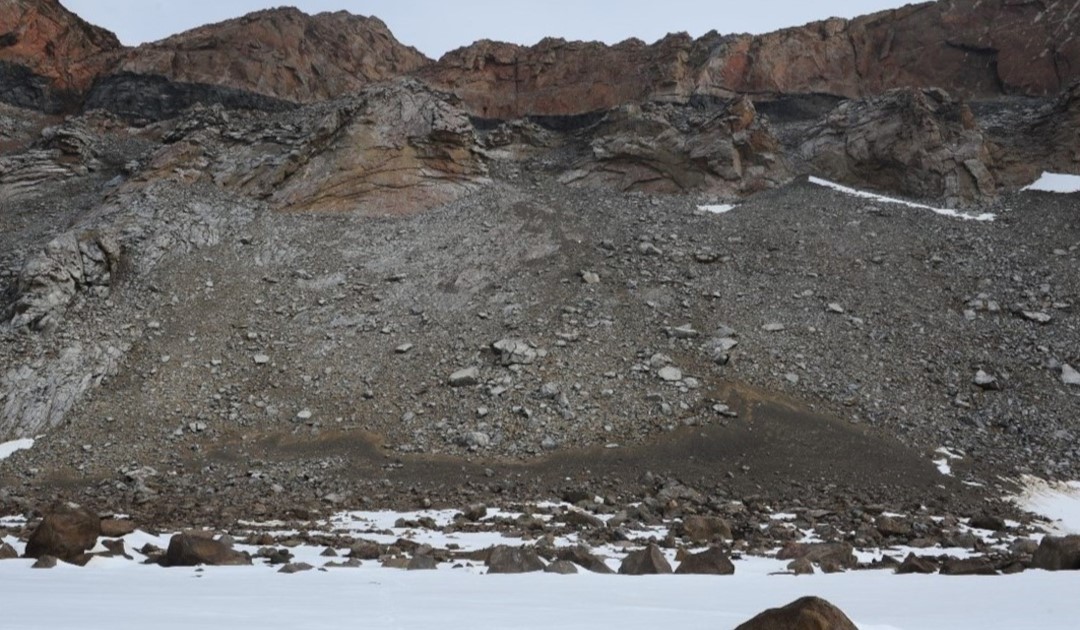
Never observed before in this region of Antarctica, a massive decline in reproduction strikes birds that gather in colonies of hundreds of thousands of pairs. A series of storms buried the nests in snow or prevented the birds from completing their cycle.
Three species of Antarctic seabirds, the snow petrel, the Antarctic petrel and their predator, the McCormick skua, nest 200 km from the shore of Dronning Maud Land in the foothills of Svarthamaren and Jutulsessen mountains. “The colonies are in cirques protected from the katabatic winds and face the sun two thirds of the day. Both species of petrel fly regularly to feed at sea and the skuas catch petrel eggs and chicks, which are the local predator”, explains ornithologist Sébastien Descamps.
The latter reported in the journal Current Biology on March 13, along with his French, Norwegian and English colleagues, the massive failure of reproduction of these birds. During the austral summer of 2021-2022, a series of storms, particularly powerful, hit the nesting areas between mid-November and December 2021. The strongest – force 11 on the Beaufort scale, which has only 12 steps – blew for a total of 4 and 5 days over this period.
“In 2022, it was zero chicks, it was quite unbelievable, we have already had bad years of reproduction, we have already had storms, but never so strong”, explains Sebastien Descamps. The ornithologist started his career on the Crozet and Kerguelen archipelagos between 1999 and 2001, before joining the Norwegian Polar Institute.
Norwegian research teams are working on hundreds of thousands of pairs of Antarctic petrels, and thousands of snow petrels and a hundred skuas. “We had 20 thousand Antarctic petrel chicks the year before, this year we found three; none in skuas and 4% of occupied nests in snow petrels,” the ornithologist details.
These birds are absolutely faithful to their breeding grounds. “It’s down to the pebble,” he adds, “if they miss a laying season, it’s no big deal, they’ll wait until the next year, but they won’t move to another colony.” If these postponements are too frequent, populations lose numbers.

The teams arrived on site after the disaster. During the storms, people stayed in the bases. They were able to document their severities, but do not know if the birds were able to lay eggs or if the young died. Two hypotheses can explain such a failure. “On the one hand, the strong winds may have weakened them and they consumed too much energy to keep warm. On the other hand, the accumulation of snow probably prevented them from accessing the nests, since they nest on the ground,” explains the researcher.
The amount of snow is difficult to measure, unlike water that falls into a tube, it accumulates with the wind. “You can have 4 m in one place and nothing next to it in the same event,” he says. The water cycle in Antarctica is one of the emerging research areas. “This is an important parameter, melting episodes can also drown some of the chicks,” confides the ornithologist.
“I went back this year (2023) and the birds returned in fairly large numbers, close to the normal levels of the last decade. There were 80 thousand pairs of Antarctic petrels at the beginning of the season,” concludes the ornithologist.
Camille Lin, PolarJournal
Learn more about this topic:







